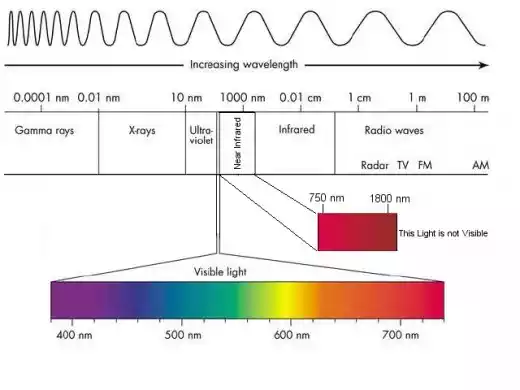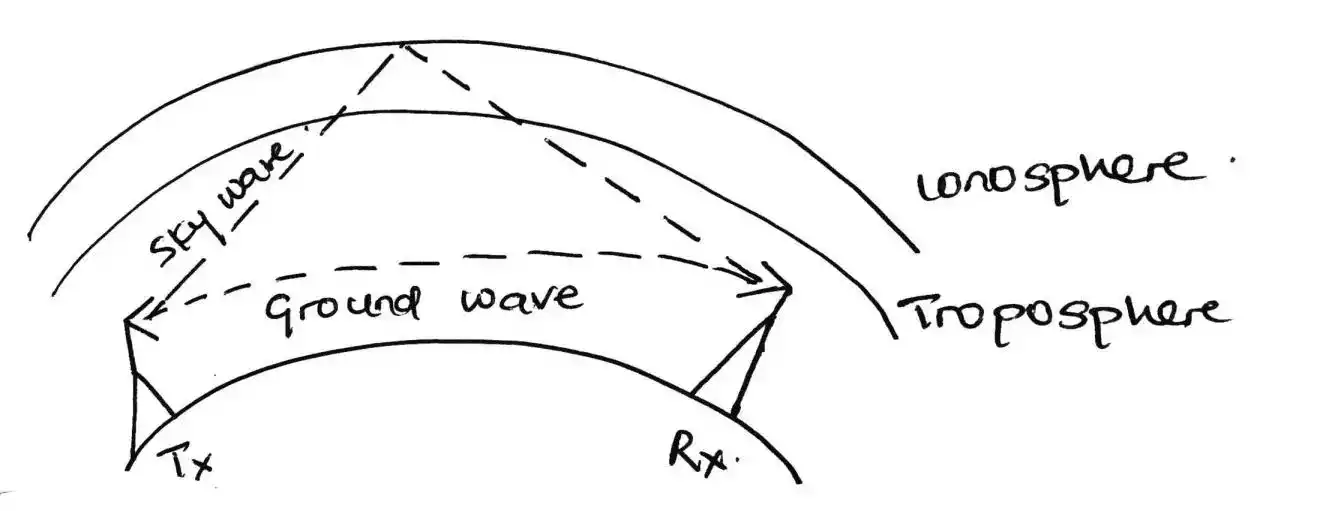Why Uplink Frequency is Lower than Downlink Frequency in Mobile Communication?
In mobile communication, the uplink frequency, which refers to the signal transmitted from a mobile device to a base station, is typically lower than the downlink frequency, which refers to the signal transmitted from the base station to the mobile device.
Reasons Why Uplink Frequency is Lower than Downlink Frequency
The reasons why lower frequency is used for uplink transmission is because:
1. Power Availability
Mobile devices have limited battery power, so it is important to minimize their power consumption.
Using a lower frequency for uplink transmissions reduces the power required to transmit the signal, which helps to conserve battery life.
2. Propagation Characteristics
Radio waves experience attenuation, or signal loss, as they travel through the atmosphere.
This attenuation is more pronounced at higher frequencies.
By using a lower frequency for uplink transmissions, the signal is less susceptible to attenuation, ensuring reliable data reception at the base station.
3. Interference Mitigation
In a crowded cellular network, multiple mobile devices may be transmitting simultaneously, leading to interference between signals.
Using a lower frequency for uplink transmissions helps to reduce interference, as lower-frequency signals are less likely to overlap with other signals.
4. Downlink Data Rates
Downlink data rates, or the speed at which data is transmitted from the base station to the mobile device, are typically higher than uplink data rates.
This is because downlink data often includes streaming videos, web browsing, and other bandwidth-intensive applications.
Higher-frequency signals can support higher data rates, which is why downlink frequencies are typically higher.
Wrap Up
Lower frequency is used for uplink transmission because, in uplink transmission, data is transmitted from the mobile station to the base station.
This helps to conserve battery life of mobile devices.
Also, lower frequency can travel long distance due to their long wavelength (to the base station) and is less susceptible to attenuation as compared to high frequency which is difficult to transmit.
FAQs
- Why is uplink frequency lower than downlink frequency? Lower uplink frequency conserves power on mobile devices, extending battery life.
- How does lower uplink frequency ensure reliable reception? It minimizes the impact of atmospheric attenuation, ensuring signals reach the base station reliably.
- Why do downlink frequencies have higher data rates? Higher frequencies, typical for downlink, support faster data rates, crucial for bandwidth-intensive applications.





